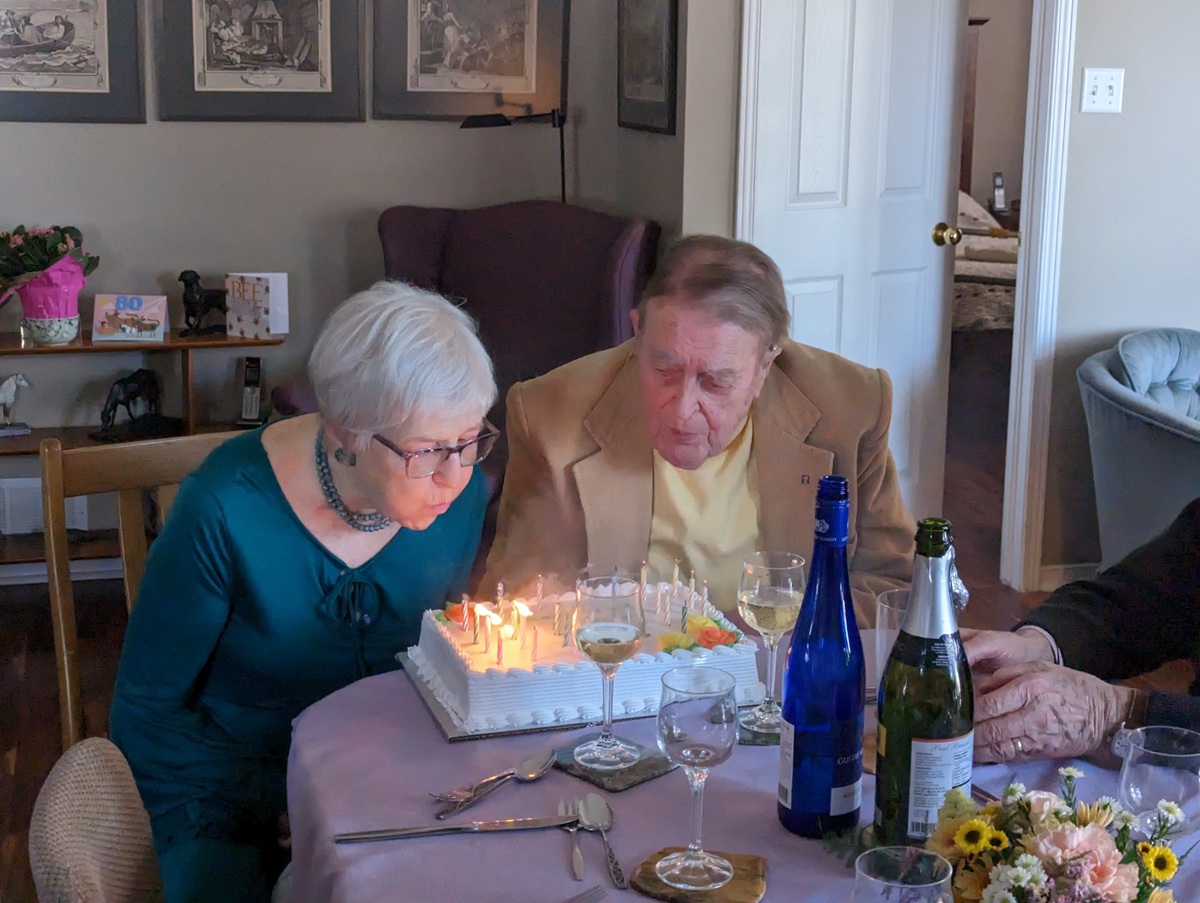by Iris Winston
There’s a difficult conversation that every couple should have while they are young and healthy. It is much easier then than having to make decisions in the face of declining health and the realization that the end is no longer in the far distance.
 Some people think in terms of downsizing, perhaps moving from the home where they raised their family into a bungalow or condominium. Others consider moving into a retirement home, preferably one that also offers assisted living. Still others recognize that their choices are apt be limited if one of them is diagnosed with a serious illness and has an increasing need for ongoing care.
Some people think in terms of downsizing, perhaps moving from the home where they raised their family into a bungalow or condominium. Others consider moving into a retirement home, preferably one that also offers assisted living. Still others recognize that their choices are apt be limited if one of them is diagnosed with a serious illness and has an increasing need for ongoing care.
My husband, Stewart, and I had that conversation soon after drawing up our wills. At that point, we were thinking of accidents rather than life-threatening illness but found it practical to account for future unpredictability.
We felt much the same about living preferences. We wanted to stay at home, regardless of where we might be living when a crisis hit. Neither of us felt comfortable with the thought of any kind of communal living. I knew I would never feel complete unless I had my pets by my side and was worried that they might not be happy under the restrictions necessarily imposed by such a lifestyle. For Stewart, who had been in a rule-bound boarding school as a child, the idea of communal living of any kind was abhorrent.
Therefore, when he began having hip problems, followed by surgery on both hips, we knew it was time to move from our maintenance-heavy rural property into a town with a good hospital.
The community we chose, in 2003, was Almonte. Our intention was to buy a bungalow, but we fell in love with an architect-designed, multi-level house on a beautiful piece of land. We lived there happily for 13 years, although Stewart required heart and back surgery and I had a stroke and a bout with breast cancer. We recovered, but Stewart’s mobility problems had grown more severe. He needed a chairlift to negotiate stairs and had graduated from cane to walker. We had to get serious about finding a bungalow. We were lucky to find the right property and even more lucky to land next to wonderful neighbours.
All went smoothly for a while, but it was clear that Stewart’s health and mobility were declining. After a stay in hospital, the social worker there connected us to the Champlain community care office to arrange for him to have some help at home.
Currently called Ontario Health atHome, this organization has been known as CCAC (Community Care Access Centres), LHIN (Local Health Integrated Networks) and HCCSS (Home and Community Care Support Services.) Neither the acronyms nor the names roll off the tongue easily, but the organization’s work of coordinating home and community care, helping to direct clients to local services and working towards long-term placement is effective.
It begins with the assigned coordinator coming to the client’s home to do a detailed assessment with spouse at hand. There follows an appointment with an occupational therapist who recommends ways to make the home as safe as possible for someone with mobility problems. Suggestions included no-slip flooring, grab bars and raised toilet seats. Later, when Stewart was wheelchair bound, ramps were added as needed.
A customized wheelchair is one of the support items available through the Assisted Devices Program (ADP) in Ontario. In Almonte and some other communities, other equipment, such as transfer benches or walkers, even a hospital bed, are loaned through the local Civitan group. I bought a patient lift (not covered by the ADP) when he could no longer transfer easily between bed and wheelchair. (The cost is roughly equivalent to that of one month in long-term care.)
Other services available through community care include physiotherapy and transportation to medical appointments, both of which became necessary as Stewart’s health and mobility issues increased. (In his last years, transferring him into our own vehicle was no longer safe, so the wheelchair van and volunteer driver provided by Carebridge became essential.)
He also needed further hospital care and the help of personal support workers (PSWs) when he came home. At his case coordinator’s suggestion, I checked out various retirement communities with assisted living availability, as well as long-term care homes. I knew immediately that he would be miserable in any of them, no matter how good the care, and that he wouldn’t live very long in such a situation.
The best gift I could give him was to look after him at home. I knew it wouldn’t be an easy journey for either of us. I also knew that it would be manageable with help. And because of support from PSWs (who eventually came three times a day), regular visits from nurses, house calls from our family doctor, visits from paramedics as part of the community program and from a home hospice visitor towards the end, he was able to stay at home for the rest of his days.
Undoubtedly, it was the best solution for us. Stewart was at peace in the surroundings he loved. I was simply glad that I was able to give him what he wanted most.






